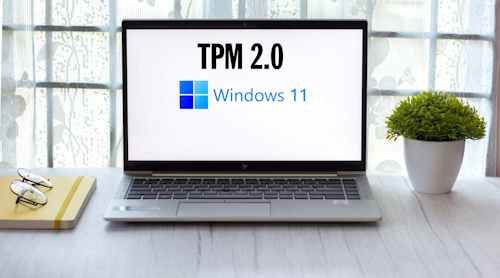UEFI (Unified Extensible Firmware Interface)is a standard designed to replace the venerable PC BIOS. It is hosted by the UEFI Forum. Plans and specifications for UEFI have been in the works for years and the work has been supported by a wide range of vendors including Intel. Intel's delivery ofSandy Bridge (see An Embedded Sandy Bridge)is the tipping point for most motherboard vendors. This was a major motherboard design change and adding UEFI to the mix makes sense.
UEFI此举的另一个理由是校检me many of the disk limitations that are now cropping up as drive capacity increases. Without getting into too much detail, the master boot record (MBR) used with most hard drives has a 2.2 Tbyte limitation. Booting from a very large disk partition is also an issue. Seagate's latest 3 Tbyte hard drive actually includes special software to allow older operating systems like Window XP to handle the drive.
UEFI handles drives larger than 2.2 Tbytes and supports the GUID Partition Table (GPT). GPT replaces the MBR allowing larger partitions and the ability to boot from any of these partitions. Drive capacity is one thing UEFI addresses.
Getting Rid Of The Monolith
The PC BIOS was essentially a monolith with a limited interrupt based API that was rooted in the original IBM PC architecture. UEFI is designed to be modular and it is designed to allow devices to provide driver support to operating systems. The PC BIOS did this but its functionality was limited. An operating system typically replaced the BIOS support with device drivers instead of using the BIOS API. The addition of virtualization support essentially made the BIOS nothing more than a boot subsystem.
UEFI is much more sophisticated than the PC BIOS. The UEFI standard defines a boot process and API along with a driver architecture that is modular. It takes advantage new PCI Express standards. It includes support for events and tasks with priority support. There is even a shell and scripting system. Secure booting is supported.
Even high end motherboards from a couple years ago like Gigabyte'sGA-X58A-UD7 (see Gigabyte's Core i7 Motherboard)did not include UEFI support. Newer platforms like Super Micro'sSuperServer 6046T-TUF (see Building a Supermicro)support UEFI. Super Micro's platform has given me a chance to check out UEFI.
UEFI-aware operating system support will be found in the latest crop of operating systems. This along with the storage issue will push UEFI awareness to the forefront. PC BIOS compatiblity will likely remain for a decade but the level of sophistication of a system even before an OS is booted will increase significantly.
So are you using UEFI yet?














